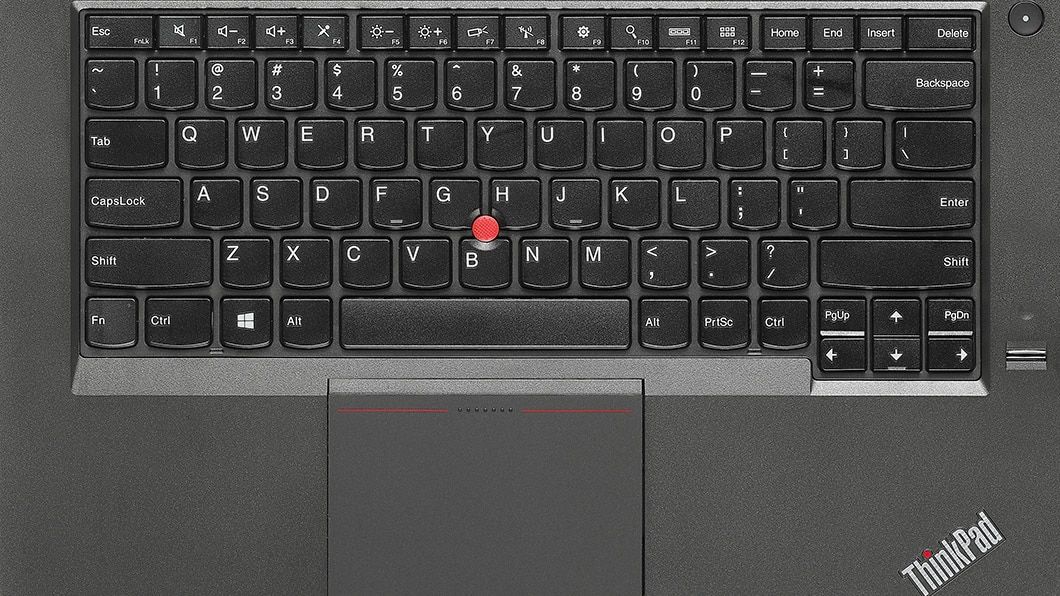Distraction-free writing
I explore ways to create a distraction-free writing environment

Like many writers, I obsess about my writing environment. The reason is simple — writing requires focus and creativity, and entering and maintaining such a state can be difficult. Disruptions and distractions can plague any writer, and once the proverbial stone is cast into the millpond, those ripples take a long time to subside.
One of my biggest distractions, however, isn’t from externalities, but rather the problem lies with that fundamental tool of my craft — the computer itself. Yes, computers have done wonders to democratise writing and publishing. Word processors, novel-writing apps, spell checkers, AI-powered grammar bots, cloud storage… these software and services we rely on make us productive beyond our forebear's wildest dreams and have enslaved our craft to the devices that enable it. And yet, computers can be our worst enemies, thanks to email, messages, social media, cat videos on YouTube, and the latest Wordle puzzle.
By taking a break from writing to build a startup, I’ve found it incredibly hard to get back into creative writing. It’s painfully easy to get distracted by a Slack comment or a Jira notification and then lose an hour fixing bugs and writing tickets. Even when writing and in the flow, even that 15-second gap of thought between paragraphs can be enough to tempt me to open my browser.
So, I’ve been thinking about how to partition my creative environment from everything else. Nothing’s off the table, and I’ve looked at ways I can do this through software or using a dedicated device, at least for drafting.
Freewrite
The holy grail for distraction-free writing devices has to be the Freewrite, a purpose-built digital typewriter that only does one thing.

This big chunk of metal and plastic looks like a mechanical keyboard, and a Kindle had a baby. It has a backlit e-ink screen, is cloud-connected with automatic backups, and can store more words than a million words in its memory. Yet, it’s purely for drafting, and you’ll have to learn to switch off your inner editor.
I’ve not used one, but my goodness, I want to try it! The only snag is it’s $1000 Australian dollars, with a couple of hundred more for shipping, an extended warranty and a protective sleeve. While that’s cheap (I’m writing this on a MacBook Pro, after all), a single-purpose device for that kind of money doesn’t meet the spousal approval factor in my household.
So, in the spirit of procrastinating, I’ve been looking at other options.
Finding focus (mode)
The cheapest option, and one I can implement right now, is using the tools I already have but in a manner that’s more conducive to writing. For instance, I know I’m far more likely to write longer when I undock my laptop from my dual-display workstation and write in full-screen mode in bed. When connected to multiple screens, it’s far too easy and tempting to multitask and start opening terminals and browsers.
The MacBook Pro in laptop mode is a lovely device on which to write. The 13-inch Retina display is crisp and clear, the keyboard is backlit, comfortable enough and responsive, and the computer itself is silent when not under load.
To help reduce distractions, macOS features a customisable focus mode, which you can minimise distractions. I’ve created a writing focus that’s automatically enabled when I start Ulysses or Scrivener, which disables all my notifications except those triggered by messages or calls from my wife. Best of all, the focus modes are synched across my devices, so my iPhone and iPad automatically go quiet when I start writing on my Mac.

Focus mode works well, but it’s not foolproof. Minds can still wander, and the multitasking monster intrudes, and that’s just the reality of using a general-purpose computer. Focus mode also does little to prevent my inner editor from trying my make words perfect, which is something that the Freewrite prevents, with its typewriter-like behaviour.
iPad, tablet (or phone)
Despite the distractions they offer, mobile devices, like smartphones and tablets, can encourage focus when used appropriately. With smaller displays, a legacy of lower-powered hardware, and operation by thumb, mobile operating systems generally present users with only one app at a time. Both iOS and Android offer customisable focus modes and as such, make terrific writing devices when paired with a keyboard — and placed out of arm’s reach.
Many modern devices can also be docked and used in a desktop setup, improving ergonomics. Because of the limitations of iOS, the single-app focus persists even when connected to a mouse, keyboard and large display. While that annoys those seeking to use iPads are desktop replacements, the restrictions encourage focus, much like I experience when writing full screen on my laptop. The iPad has the added benefit of being rubbish for software development, which removes a major drain on my attention these days.
I like the iPad option and have often thought that if I wasn’t a programmer writing as much code as I do prose, I’d quite happily switch to iOS as my primary operating system.
Dedicated laptop
The final option I’ve considered is to set up a dedicated laptop — one I can hobble and customise into a single-purpose machine. The best combination I can find is to use Linux on a second-hand Lenovo Thinkpad.
You can shape Linux, a free and open-source operating system, into anything you can imagine. Want to strip a desktop down to a text editor, file, and window manager? No problem — start with something basic like Xubuntu and prune it down to the bare essentials. Or, take minimalism to an extreme and don’t even bother with a graphical interface and just write on the command line with Nano. Even without a graphical interface, Linux can connect to the internet and even use cloud services to back up your work.
Lenovo’s Thinkpads make an ideal foundation for such an environment. They are cheap, thanks to millions of ex-corporate machines sold as refurbs on eBay and elsewhere. Their ubiquity, good technical documentation, thoughtful design and abundance of parts make them easy and cheap to repair and upgrade. Thinkpads enjoy excellent support for Linux. But for the writer, at least one feature makes them highly desirable — their keyboards offer the most durable and tactile typing experience on a laptop.

To test this idea out, I installed Xubuntu on an old Chromebook. Xubuntu’s already lightweight, but I removed the web browser and Libre Office and tweaked the theme to my preferences. I then installed Apostrophe, a distraction-free writing app that’s quite similar in concept to Ulysses.
I must admit, this was a very pleasant and compelling environment to use. Disconnected from my accounts, and with no browser to tempt me, I set Apostrophe to fill the entire display, enabled the focus and Hemingway (disables the backspace key) modes and started bashing away on the keys.
The only thing that let down the experience was the Chromebook, an Acer C720, which is utter rubbish. The keyboard is cramped and feels awful, the fan emits a constant high-pitched whine, and the screen is woeful. But it was just an experiment that was successful enough to tempt me to buy a T440 Thinkpad. The T440 is a more comfortable size for my large hands and can be bought for as little as $120 Australian on eBay.
Concluding thoughts
This has been an interesting thought experiment and diversion, and I promise it’s not merely procrastination. Writing this piece has done wonders for re-establishing old habits left to wither far too long. A modern computer, with all its power, is a double-edged sword for writers who need all the productivity they offer, but without the countless ways, they can distract us.
As for me, well, the Freewrite would make a terrific addition to my toolkit, but I think I can find the focus I require with a little willpower, some healthy habits, and using the tools I already have. Writing is an exercise, and one that improves with persistence and practice, rather than suffering from GAS (gear acquisition syndrome).
Even so, separation of concerns isn’t a bad idea, given how much I have to cultivate and contend with in the competing domains in my life. Building a customised Linux-on-Thinkpad idea appeals to me in many ways, and if I can manage to focus better with my Mac or iPad, I’ll start trawling eBay.
Do let me know your thoughts in the comments!